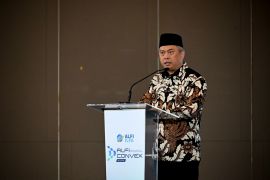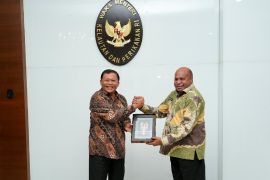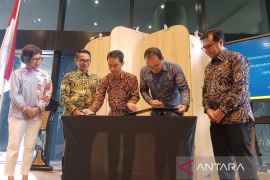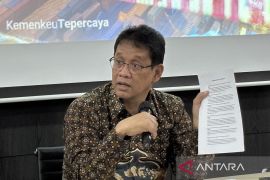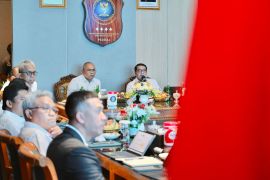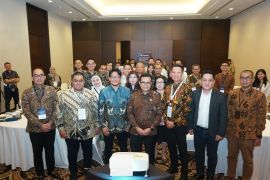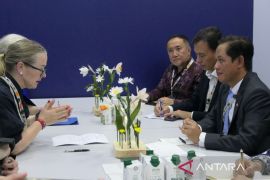"The realization of investments in the form of buildings and other construction projects is high while capital expenditure has also expanded significantly," he said at a press conference.
He said the high absorption of capital expenditure in the first quarter contributed to the formation of gross fixed capital which grew by 5.57 percent during this period.
Economic growth in the first quarter was also supported by consumption of non-profit institutions that served households (LNPRT) which grew by 6.38 percent and realization of government consumption that grew by 2.93 percent.
"LNPRT consumption spending grew fast during the period due to national-scale activities such as national conferences and national meetings and congresses of political parties and mass organizations," he said.
He said, however, that household spending slowed down a bit or grew only by 4.94 percent across business groups except transportation and communication as well as restaurants and hotels.
Exports and imports still contracted respectively at negative 3.88 and 4.24 percent, in line with the economic slowdown in the export destination countries and weak domestic demand as well as depreciation of rupiah.
Household consumer spending, however, still contributed the largest chunk to the countrys Gross Domestic Product in the first quarter, reaching 56.86 percent, followed by PMTB with 33.16 percent and exports with 18.78 percent.
In terms of production, mining and quarry sectors still contracted in the first quarter due to the low price of coal, followed by a slowdown in the agricultural sector caused by a shift in the planting season and delay in forestry activities.
"Trade sector also slowed down due to a decline in the production of domestic goods and import goods supply since early this year," Suryamin said.
Construction sector grew well because of the realization of infrastructure projects followed by financial mediation service sector due to the extension of margin of bank interest income and transportation sector due to the increasing fleet and routes of air and railway travels.
With regard to businesses, the highest growth of GDP in the first quarter occurred in the financial and insurance sectors which was recorded at 9.1 percent, followed by health services and social activities at 8.2 percent and information and communication at 8.28 percent.
The BPS also recorded Indonesias economic structure spatially in the first quarter, which was still dominated by Java and Sumatra, which, respectively, contributed 58.01 and 22.15 percent to the GDP.
However, the highest growth was recorded in Sulawesi at 7.52 percent, followed by Bali and Nusa Tenggara at 7.09 percent, Java 5.13 percent, Sumatra 4.18 percent, Maluku and Papua at 1.24 percent.
Indonesias economy based upon GDP over current prices in the first quarter reached Rp2,947.6 trillion and over constant prices of 2010, reached Rp2,262.6 trillion. (*)
Editor: Heru Purwanto
Copyright © ANTARA 2016

